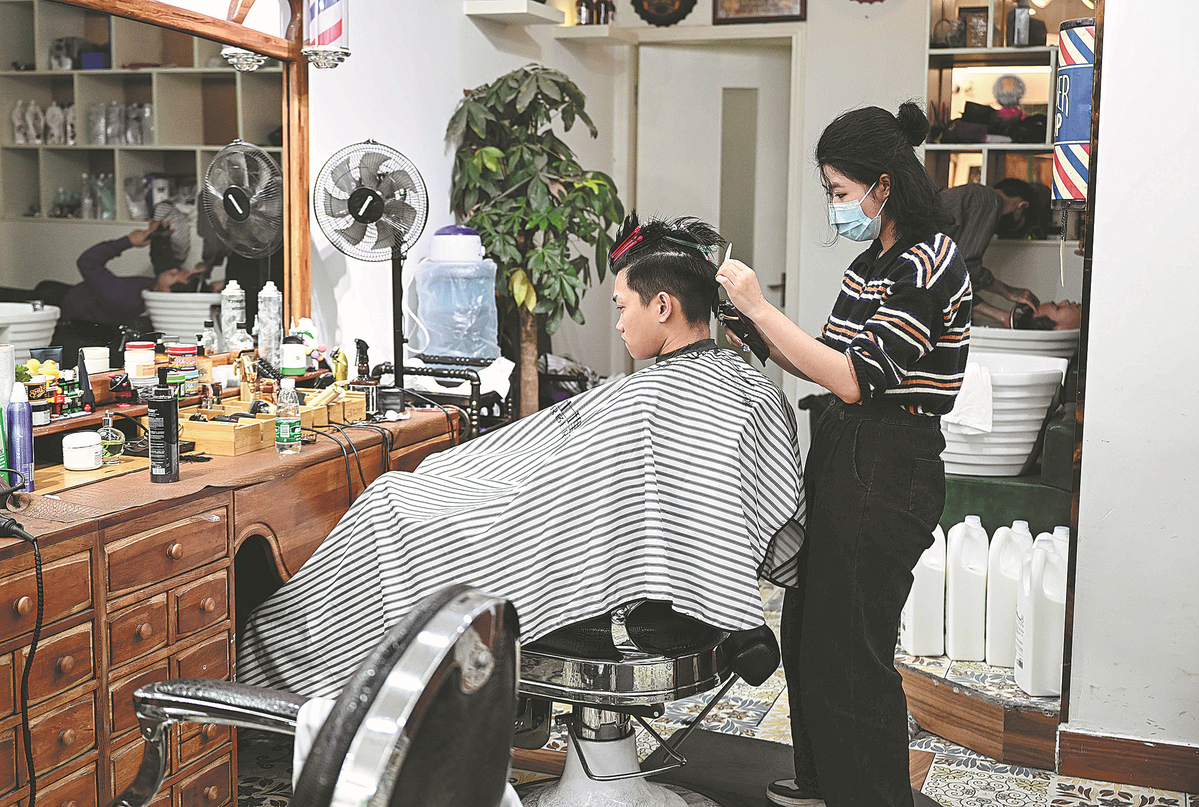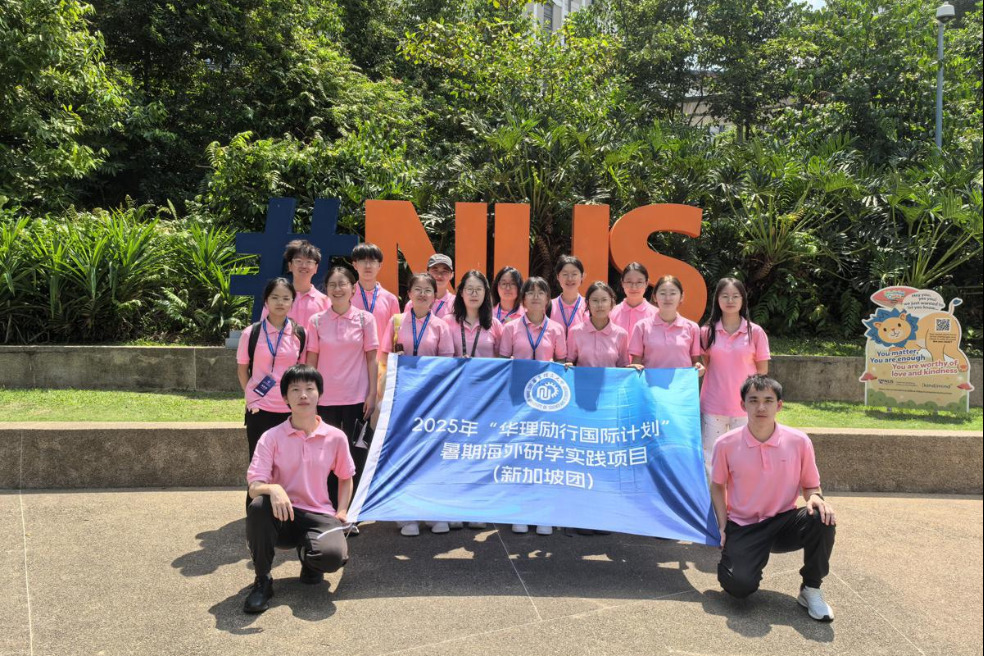Several major cities optimizing control measures


Residents in many cities including Beijing, Guangzhou and Chongqing, which have experienced mass infections recently, have embraced the optimization of control measures in order to bring life and work back to normal.
Starting on Monday, Beijing's public transportation including buses and subways should not reject passengers who are not holding a negative nucleic acid test result taken within 48 hours, according to a municipal government announcement on Friday evening.
Similar measures have already been adopted in cities like Chengdu, Sichuan province.
Ji Hong, a resident of Chengdu, was surprised to only be required to show a health code before passing a security gate.
"It's much quicker to board and the security guard let me pass with the green code," Ji said.
Zhou Yufang, a security guard at Century City Station, said that all subway stations had stopped asking for test results on Friday. Previously, passengers had been required to show negative test results taken within 72 hours.
Along with eased controls in public transportation in urban areas, many cities have announced measures to improve medical services with fewer requirements in nucleic test results and more hospitals for infected people.
On Thursday, Beijing released new measures to ensure certain groups continue to enjoy smooth medical services, requiring that hospitals in the capital not reject patients who don't have negative tests taken within 48 hours.
In Guangzhou, Guangdong province, 1,323 general nucleic acid test sampling spots, 297 sampling spots for people with yellow health codes and 87 sampling spots open 24 hours were in place across the city on Friday, Zhang Yi, deputy director of Guangzhou Health Commission, said at a news conference on Friday.
Outpatients can enter hospitals with a green health code and new inpatients and their companions are required to present a negative test result within 24 hours, and all qualified fever clinics are required to open in the city.
Medical resource reserves are planned, including designated hospitals and makeshift hospitals for admitting infected people. Such hospitals in the city have nearly 90,000 beds and more than 2,000 ICU beds, Zhang said.
Businesses in many cities have begun to resume operations, including dine-in services in low-risk areas.
Chongqing, a city of 32 million in Southwest China, has logged more than 90,000 infections since its most recent outbreak began on Nov 1, with most cases found in 11 districts in central urban areas.
In Yuzhong district, one of the most hard-hit areas and the center of the urban area, half of the banks and supermarkets, and all the three-star and higher hotels were open for business on Friday, the local government said.
"At present, the epidemic prevention and control work in our city has achieved initial results and the rapid rise of the epidemic has been effectively contained. The prevention and control situation continues to improve," Li Pan, deputy director of the Chongqing Health Commission, said at the daily briefing on Friday afternoon.
Though mass infections were reported recently, a large number were asymptomatic carriers. For example, asymptomatic carriers accounted for about 90 percent of the 162,700 cases in the ongoing outbreak in Guangzhou, and only four patients suffered severe or critical conditions, with no deaths.
This indicates significantly lower pathogenicity of the current Omicron subvariant of the virus, said Zhang, deputy director of Guangzhou Health Commission.
In addition, vaccines have been encouraged for vulnerable groups. Chongqing has launched a plan to boost mass immunization, especially among the elderly, ensuring a balance between disease control work and social and economic development.
So far, more than 90 percent of the people aged over 60 in Chongqing have received one dose of vaccine, according to the local health commission.
Du Juan in Beijing and Huang Zhiling in Chengdu contributed to this story.




































